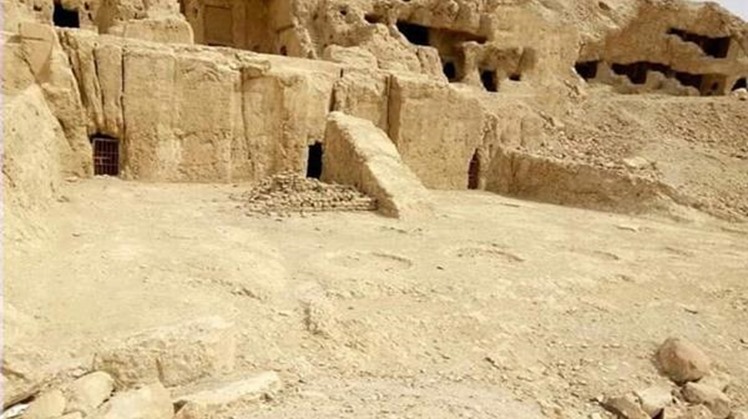We continue the series "The Lives of the Egyptians" with the story of civilization by Will Durant, and today we stop with the Badari civilization, which is the oldest known civilization to practice agriculture in a professional manner.
Will Durant says in The Story of Civilization:
The remnants of the Old Stone Age are gradually gradual to the remnants of the Neolithic era, at depths indicating that they belong to the era between 10,000 and 4,000 BC.
The stone tool industry is gradually rising, getting more refined, and reaching a degree of sharpness, refinement and precision of manufacture that no other culture has come to know about from the Neolithic cultures. and gold.
Then this era progresses to the historical eras and agriculture appears during this progression. The first traces of the transition period were revealed in 1901 CE, when corpses were found in the small town of Badari, among tools belonging to an era dating back to about forty centuries before Christ. They were found in The intestines of these corpses, which were preserved by the dryness and heat of the sand for six thousand years, were husks of undigested barley grain. Irrigation works, cut bushes, drained swamps, overcame river crocodiles and hippos, and laid the foundations of civilization leisurely.
These and other remains reveal to us some knowledge about the life of the Egyptians before the first families that lived in historical times. The culture of that era was a middle culture between hunting and agriculture, which started a short time ago by replacing metal tools with stone. People in their days made boats, grind love, weave linen and rugs, wear jewelry, perfume with perfumes, they have barbers and domesticated animals, and they love photography, especially depicting what they hunt from animals, and they draw on their naive ceramics pictures of sad women and other pictures that represent animals and humans, and shapes engineering, and they sculpt extremely precise and elegant machines, as evidenced by the Arak mountain knife. They had pictorial writing and cylinder seals similar to those of the Sumerians.
 Wed, Sep. 1, 2021
Wed, Sep. 1, 2021